(35 products available)




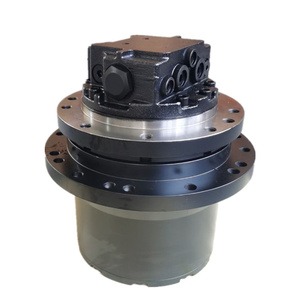
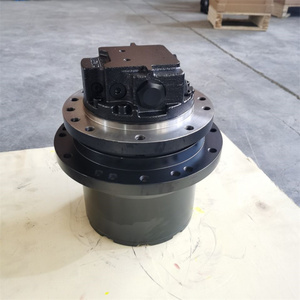
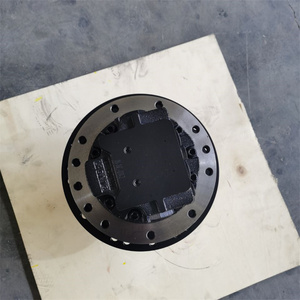

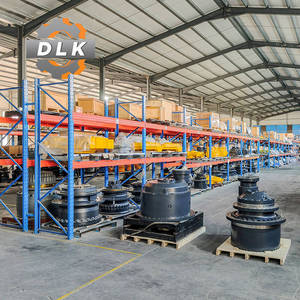
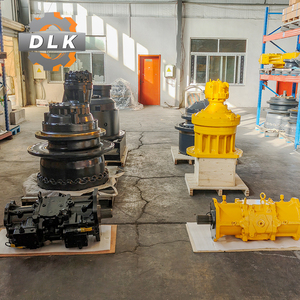






















































































































































































There are several types of JetCat jet engines for model jets because they can be used for different purposes. These types include the following:
These are small jetcat turbines designed to power R/C model jets. These engines are lightweight, portable, and easy to install. Moreover, they are suitable for small-scale aerospace enthusiasts. Also, they allow R/C model jets to fly at high speeds and perform advanced maneuvers. These engineering features provide user-friendly operation and a wide power range.
These are high-performance jet turbines that produce maximum thrust. These turbines are made for large-scale model jets. They are used by commercial or competitive aerospace models. Also, these engines offer durability with advanced fuel efficiency. These provide unmatched performance to meet demanding flight requirements.
Afterburner turbines are designed with a secondary combustion chamber to increase thrust. This makes them able to power supersonic jet models. Also, these engines benefit from great speed and performance because they provide extreme power. This makes flying more exciting and challenging. Moreover, they are ideal for creating large and fast-flying model jets.
These systems offer electric and manual starting options for greater flexibility. This is especially for users who need convenience and reliability in starting their turbines. These systems are designed for professional-grade jets that require great safety and reliability. These systems also provide versatility for multiple jets.
These turbines are efficient in fuel consumption. They are designed for longer flight times with endurance. This makes them ideal for scale models or long-range flights. Additionally, they offer great efficiency, low fuel consumption, and smooth power delivery for extended performance. This makes them suitable for longer, more relaxed flights.
These turbines are built for simplicity and are designed to operate efficiently for short but powerful flights. These are specifically for models that do not require sustained high power. They can be used in low-maintenance jet models. Also, they are affordable, easy to install, and compact. These features make them suitable for smaller, less complex jet models.
Some JetCat turbines include built-in heating elements and cooling nozzles for temperature control. These are ideal for models that operate in extreme temperatures, either hot or cold. These turbines ensure great performance while maintaining optimal temperature conditions. This allows the engine to run in harsh environments without overheating or freezing.
JetCat turbine engines for sale are used in industries apart from modelling. They are used in several industries for various applications because of their great power and efficiency. These applications include the:
These engines are used to test prototypes and components in this industry. They provide the required thrust to simulate actual flight conditions. This helps in the evaluation of designs and materials. Also, they support research in this industry by facilitating experiments that need advanced propulsion systems.
The aerospace industry uses JetCat engines to power model jets in wind tunnels. The engines help simulate airflow over aircraft models to study aerodynamic properties. This helps in understanding drag, lift, and stability in controlled environments. Moreover, the engine's small size and high efficiency make them ideal for generating airflow without large power consumption.
Other industries use these engines to showcase advanced propulsion systems. The engines enable live demonstrations of power and control. This often attracts more investment and interest in the technology. Furthermore, quick prototyping is possible with these engines because they are easy to integrate. This allows for faster development and testing of propulsion concepts.
JetCat engines power high-performance drones in this industry to perform complex aerial tasks. These engines provide the thrust required for stability in challenging flight conditions. They can handle heavy payloads while maintaining precision and control. This makes them ideal for aerial surveillance, cargo transport, or cinematography.
These engines are integrated into drones or robotic systems used in search and rescue operations. They power drones delivering humanitarian aid or helping locate victims in hard-to-reach areas. Moreover, their efficiency allows longer flight times which is critical in emergencies. Also, the ability to transport lightweight medical supplies and food helps save lives faster in disaster situations.
The AAV system is a drone-based inspection service in the petroleum industry. JetCat turbines power this model jet. They are used to inspect pipelines and monitor facilities rapidly and safely. Also, they help reduce inspection time and enhance efficiency. The AAV system provides real-time data for proactive maintenance, minimizing downtime, and preventing costly repairs.
JetCat engine power drones and model jets used for storm tracking and data collection in this industry. They fly through severe weather systems to gather crucial meteorological data. This helps improve forecasting models and enhances understanding. Also, these powerful turbines enable the flight of drones in harsh conditions while maintaining stability and precision.
The specifications and features of the JetCat jet engines are different. This depends on the model and purpose they are meant to serve. The following specifications and features are common to most of these engines:
Mount the engine securely on the model. Connect fuel lines and electronic components. Ensure proper alignment for optimal performance.
Use the right fuel type. Fill the tank carefully to avoid spills. Check for leaks before starting.
Follow the manufacturer’s guide for starting procedures. Use the Dual Start System if available. Ensure safety measures are in place.
Control the engine using the provided digital controller. Monitor performance parameters during flight. Adjust settings as necessary for optimal operation.
| Engine type | Turbine engine |
| Fuel | Kerosene or diesel |
| Weight | 9.5kg |
| Thrust | 80 N |
| Start type | Battery and gas |
| RPM | 340,000 |
| Compressor stages | 9 |
| Turbine stages | 2 |
| Length | 93 cm |
| Diameter | 14 cm |
| Gear ratio | 1:4.6 |
Buyers should consider some factors when purchasing these engines. Knowing these factors helps buyers make informed decisions suitable for their business needs. Some of these factors include the:
Buyers should purchase engines with the required thrusts for their jets to hover and fly safely. They should also choose engines with adjustable thrust power. These will enable them to balance the jets during different flying conditions. Buyers should consider the engines' fuel efficiency. Powerful engines with high thrust but low fuel consumption are more efficient. These will reduce the cost of operations.
Buyers should select engines that fit the available space within their jets. They should also ensure the jets can support the weight of the engines. Although small jetcat engine jets can handle small engines, large jets can manage heavy ones. Also, lightweight turbines are ideal for R/C jets. These will ensure the jets maintain flight speeds and safety. Furthermore, compact engines are easier to install and manage.
Buyers should consider the materials used to make the turbines. Turbines crafted out of ceramic and titanium are better. They are durable, lightweight, and heat-resistant materials. Such turbines will last longer and require fewer repairs. Moreover, buyers should select centrifuge turbines that provide more power to the jet because of their design.
Buyers should research the manufacturers of the turbines. Those who have been in the market for long have a diverse customer base. They, therefore, offer products of different specifications to cater to various customers. Moreover, buyers should read testimonials and reviews. Recent reviews provide insights into the engine's performance, reliability, and customers' overall satisfaction.
Buyers should research the support options of the turbine manufacturers. They should select those who offer a variety of support options, like online, phone, and live chat. Additionally, warranty is a key consideration. Manufacturers who offer an extended warranty period have quality products. Buyers should purchase engines from manufacturers who provide maintenance tips and guidelines.
A1. Yes, buyers can install several turbines as long there is enough space for each engine. Dual engines are installed on large model jets to improve flight power and speed. However, extra care is needed when installing the turbines to ensure they work in harmony without malfunctioning.
A2. Most JetCat engines are compatible with kerosene and diesel fuels. Both these fuels are commonly used by business owners because they are cheap and easy to find. Furthermore, the engines provide high performance and efficiency when powered by these two kinds of fuels.
A3. Yes, the turbines are designed to withstand extreme weather conditions. So, they are suitable for harsh weather, such as strong winds, heavy rains, and snow. They will, therefore, perform well in outdoor flying activities. The turbines are crafted out of durable materials like stainless steel and titanium.
A4. When buyers purchase these engines in bulk, they will at the same price enjoy the benefit of economies. Buying in bulk also enables buyers to take special offers or deals such as locked prices or exclusive discount offers from manufacturers or wholesalers. Moreover, when they buy the engines in large units, they buy the same type. This makes them a good long-term investment since they will be using the same product for a long time. Also, bulk purchases come with reduced costs per unit, increasing the buyer's profit margin.
A5. The engines can be maintained by abiding by the manufacturer's guidelines. They should provide maintenance service, replacement of worn-out parts, and tips on how to operate the instrument. Furthermore, clean fuel and materials compatible with the fuel should be used to maintain the internal system of the engine.